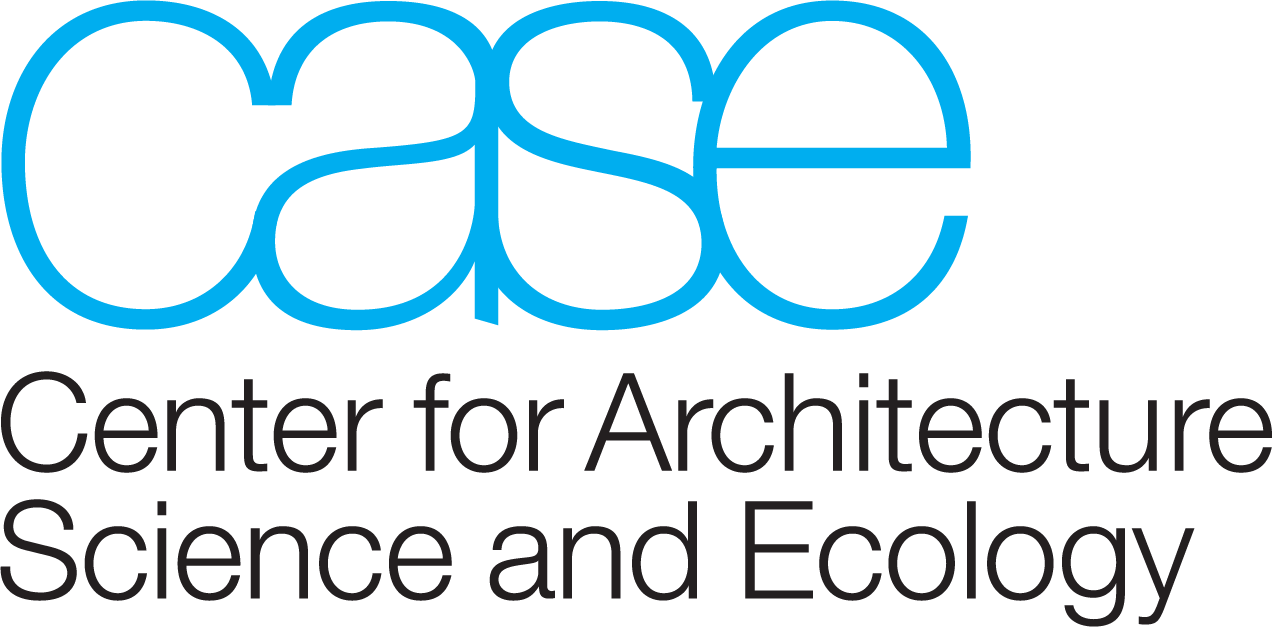Solar Wind and Geothermal Energy in Urban Design

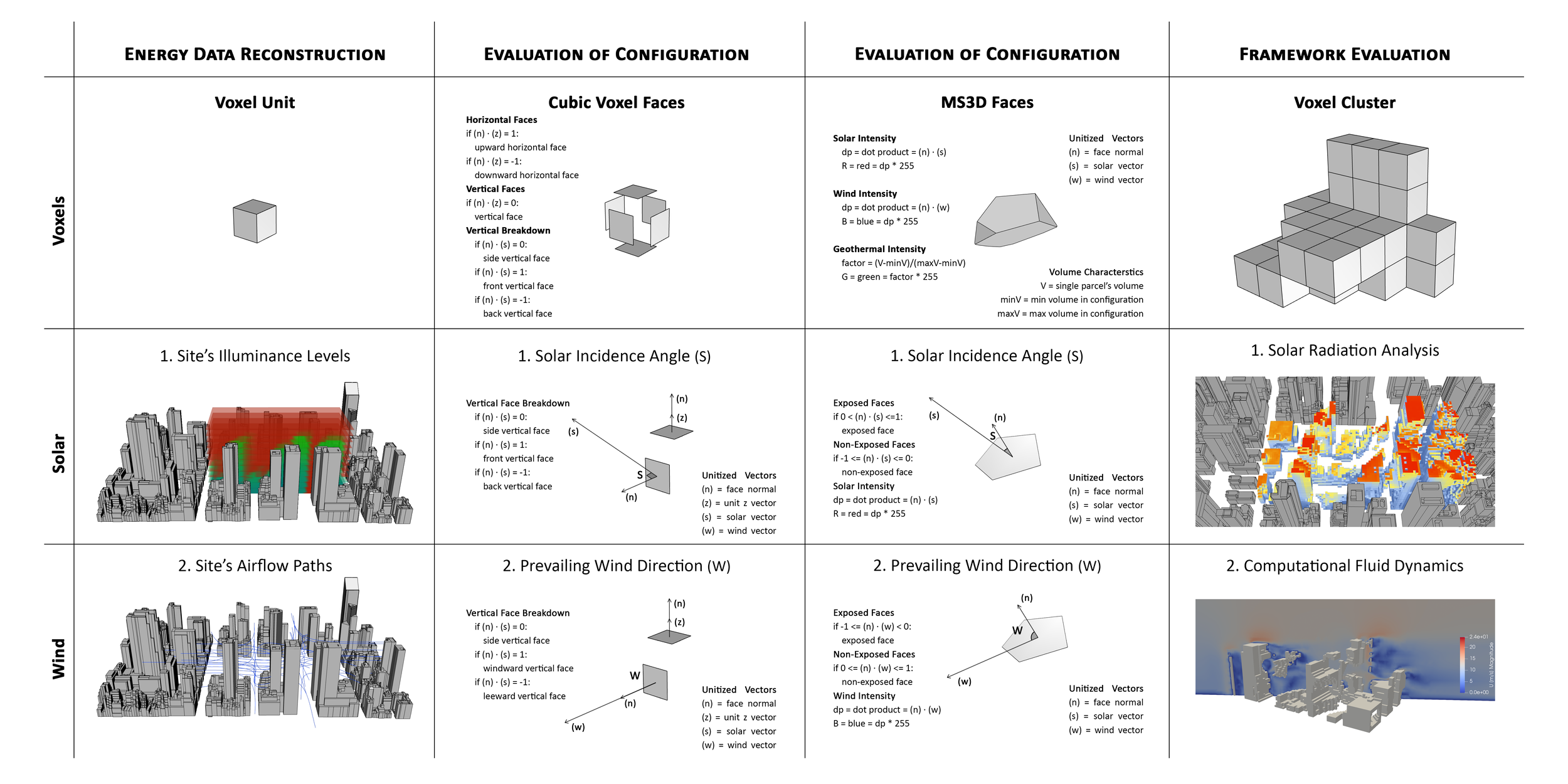
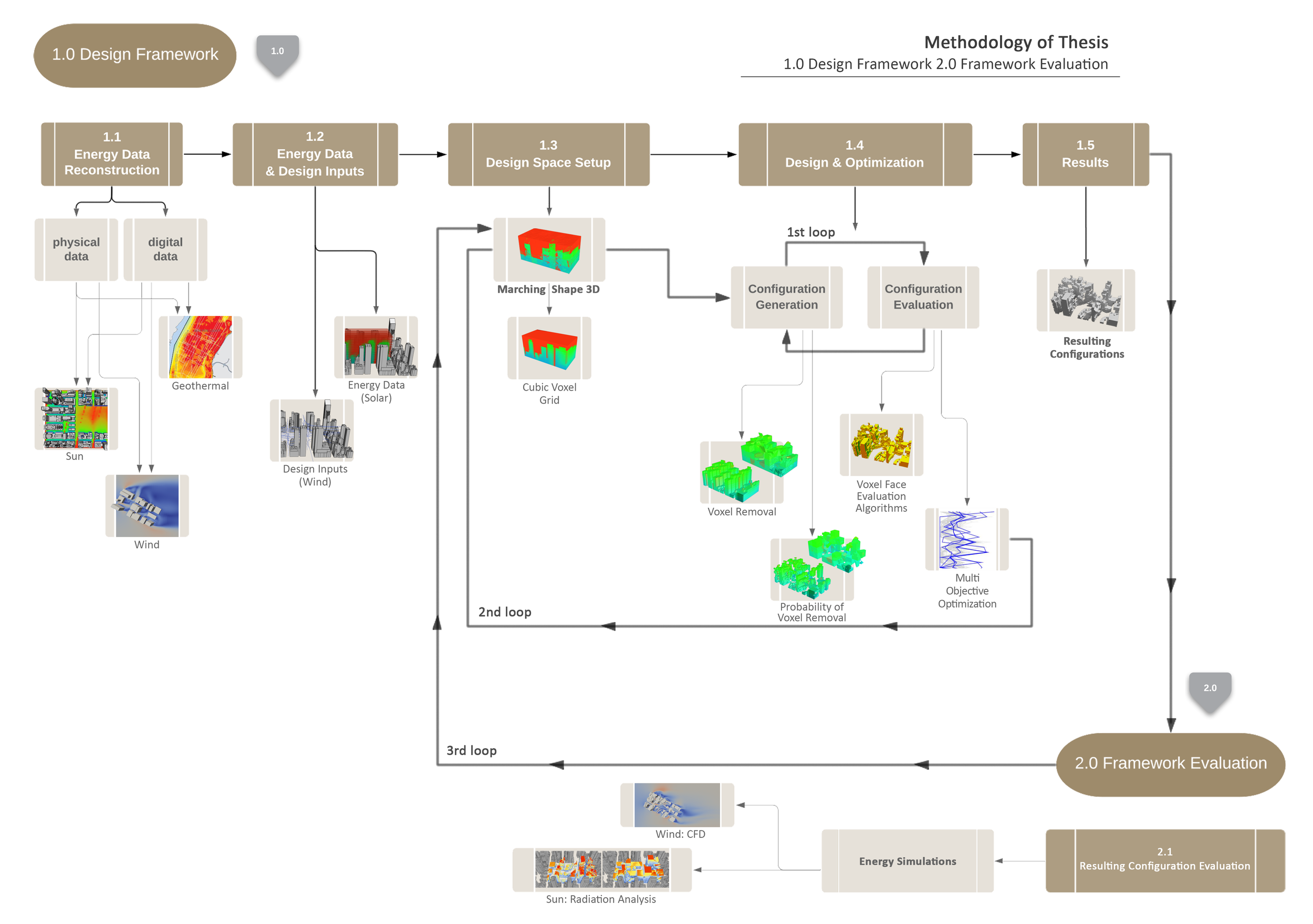
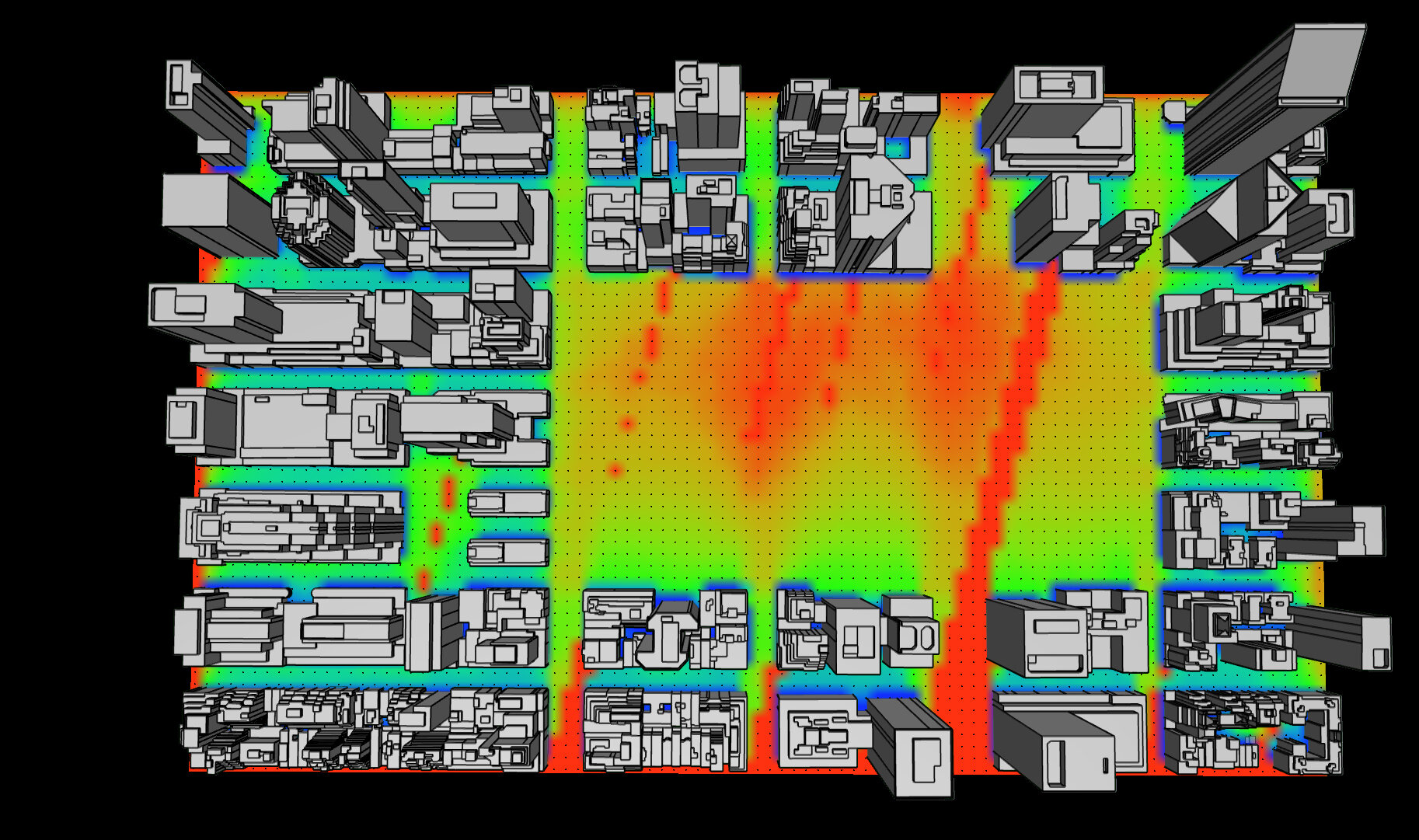
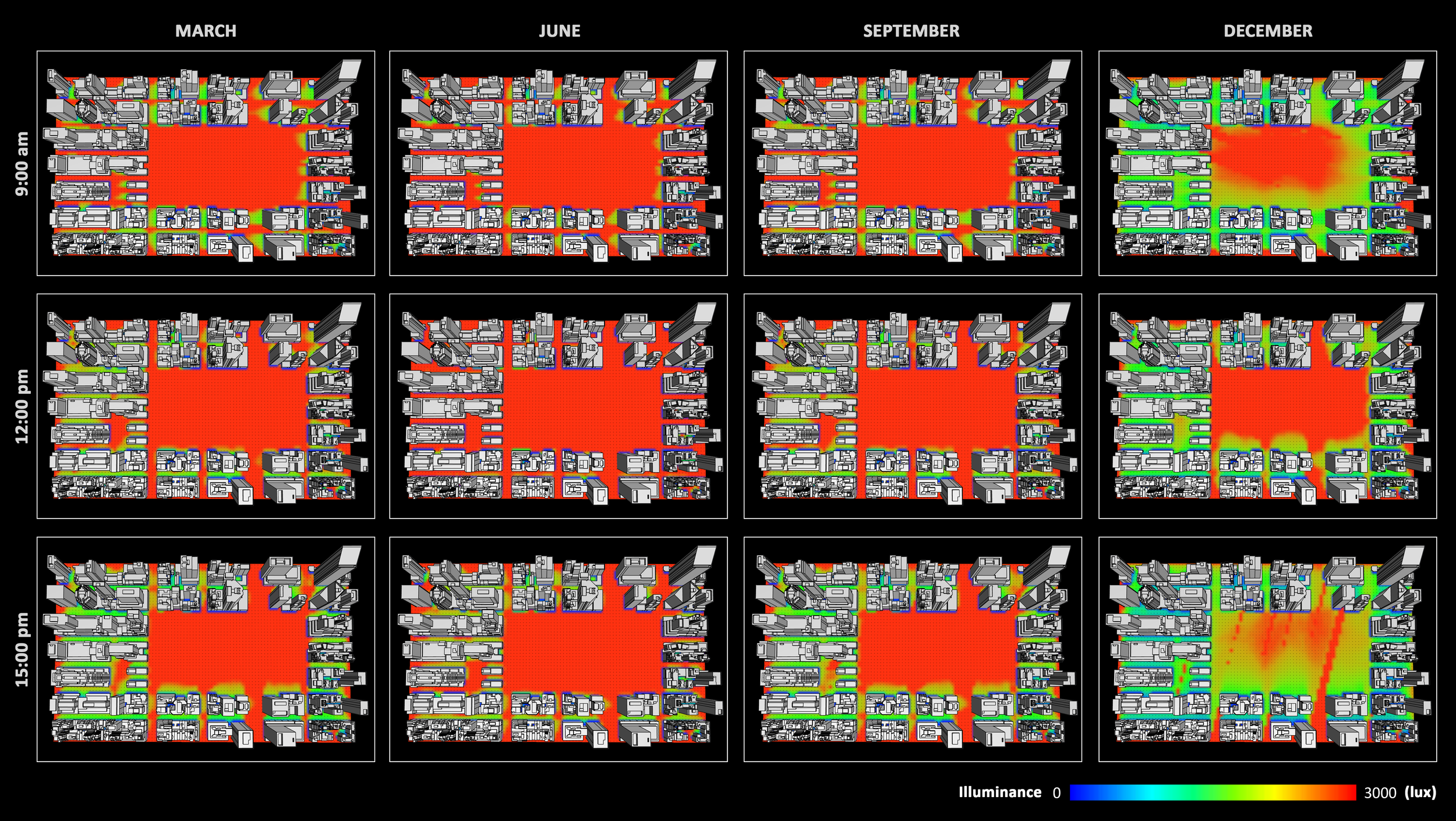
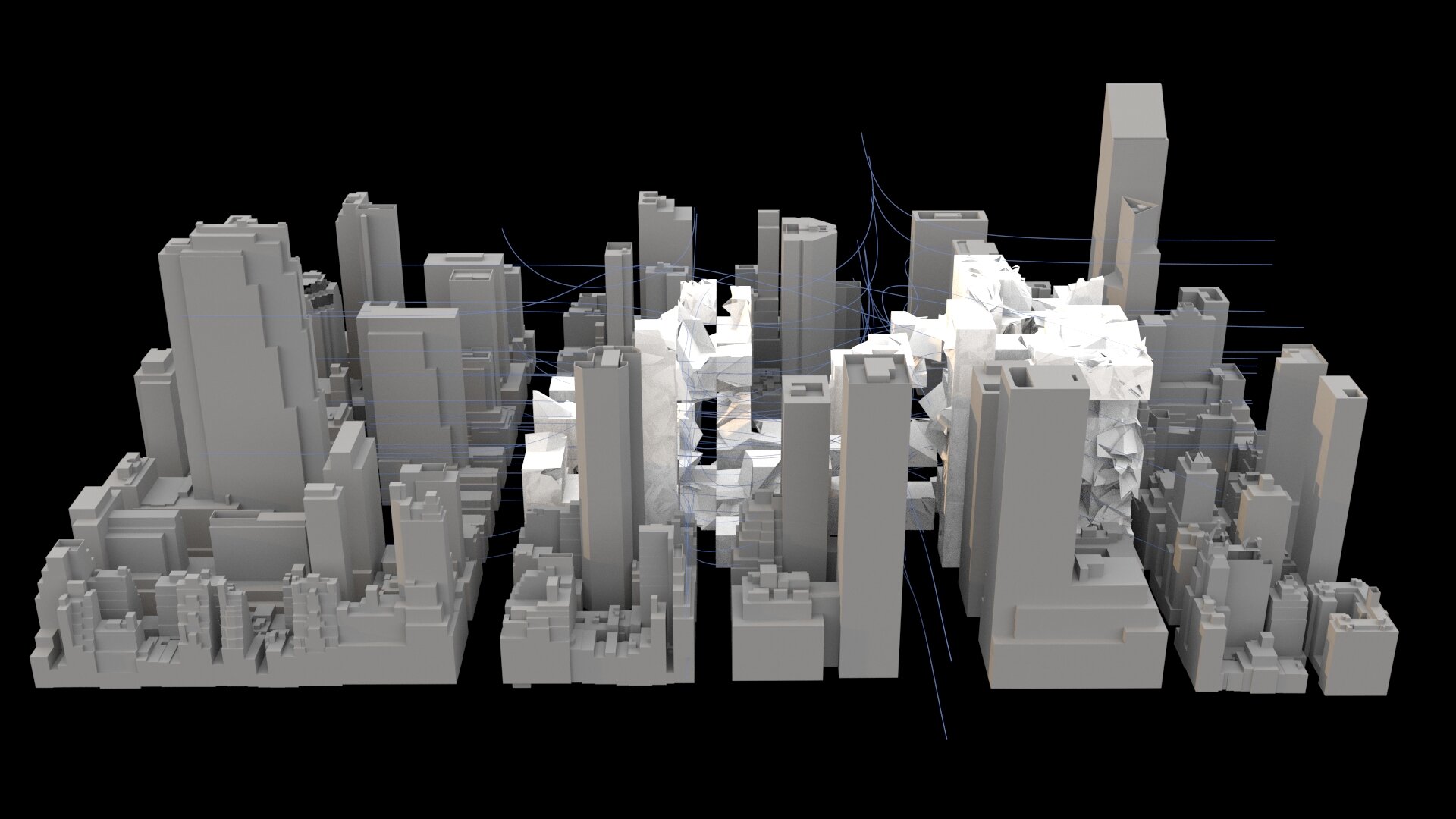
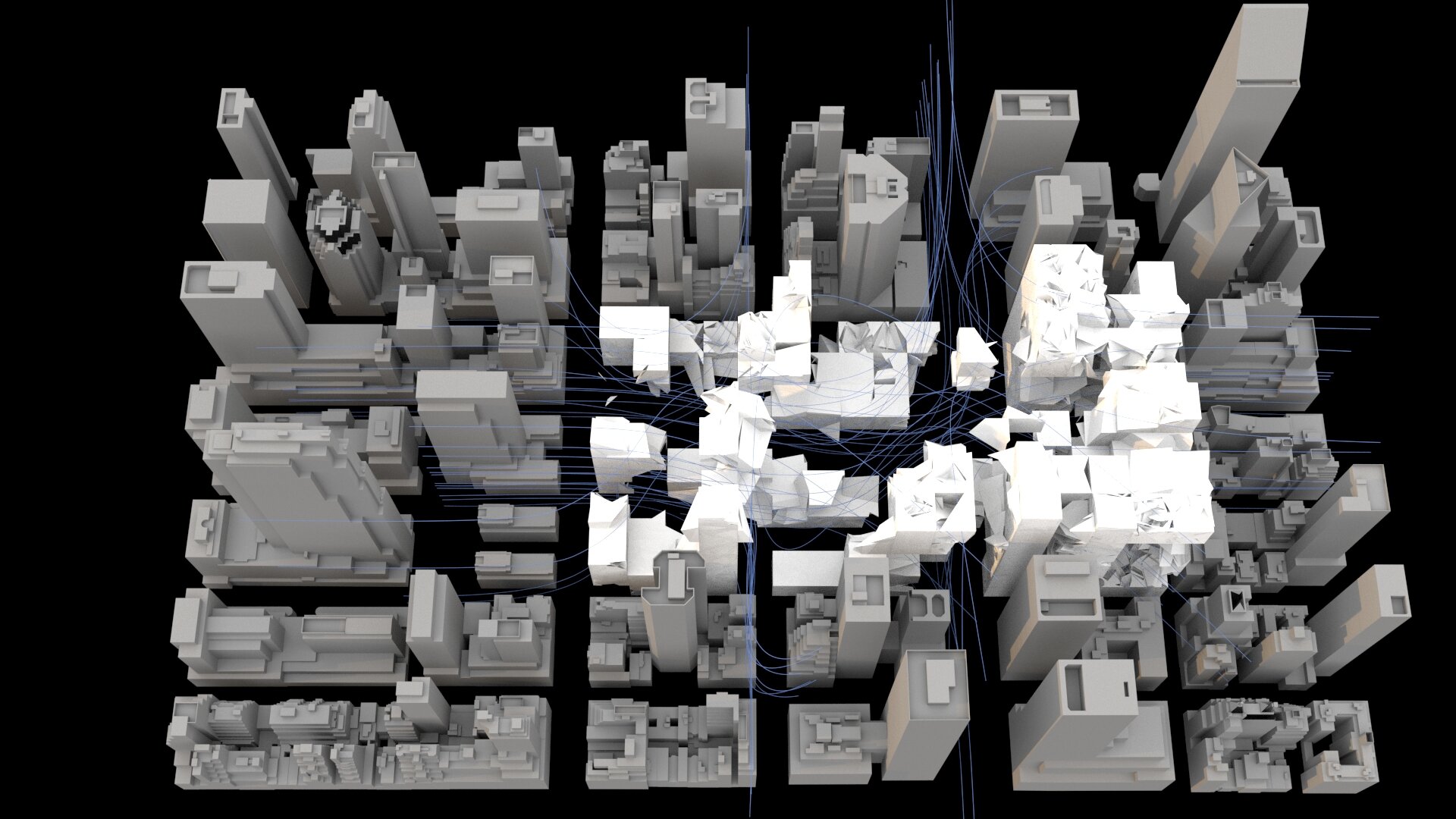
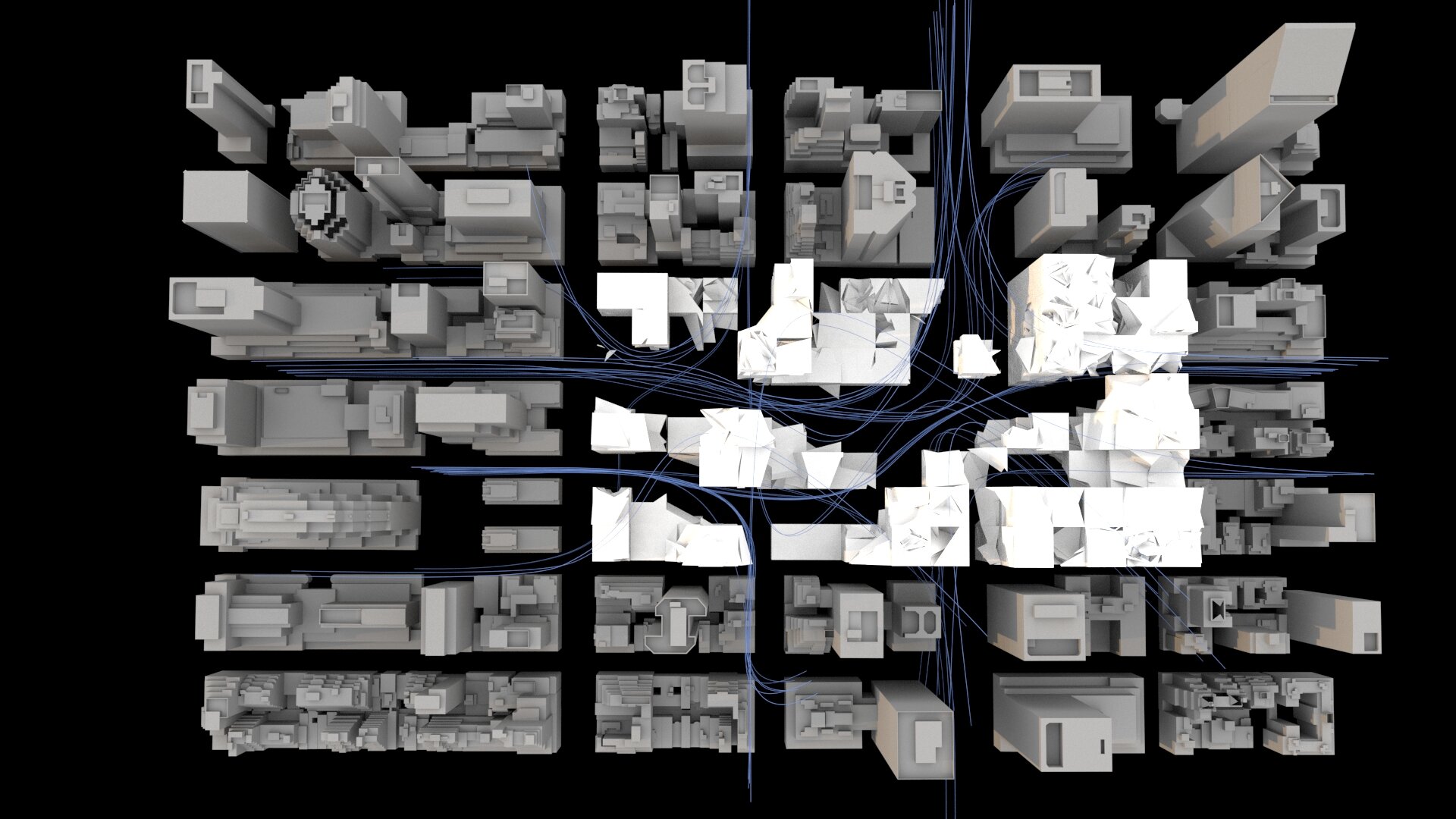
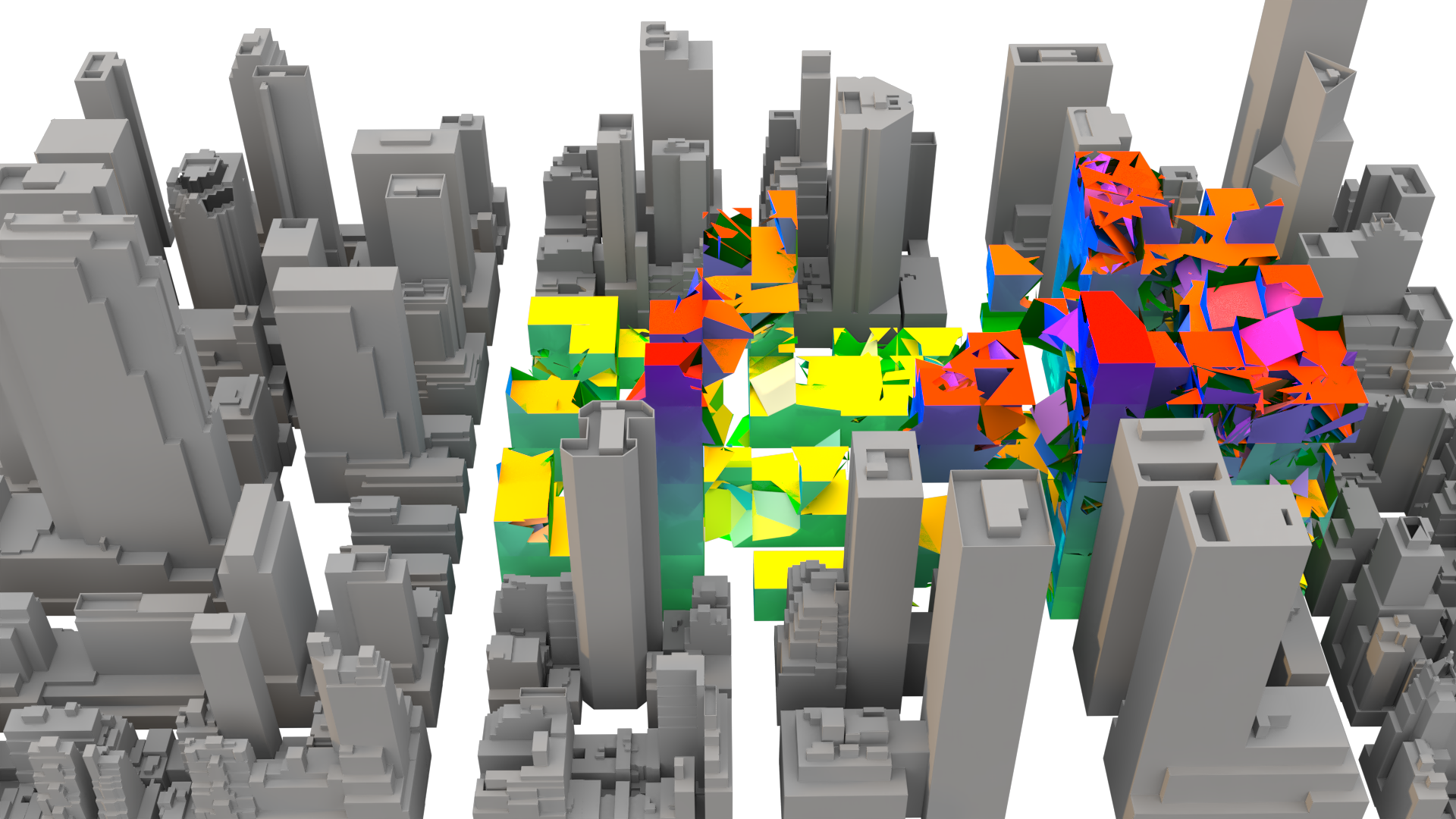
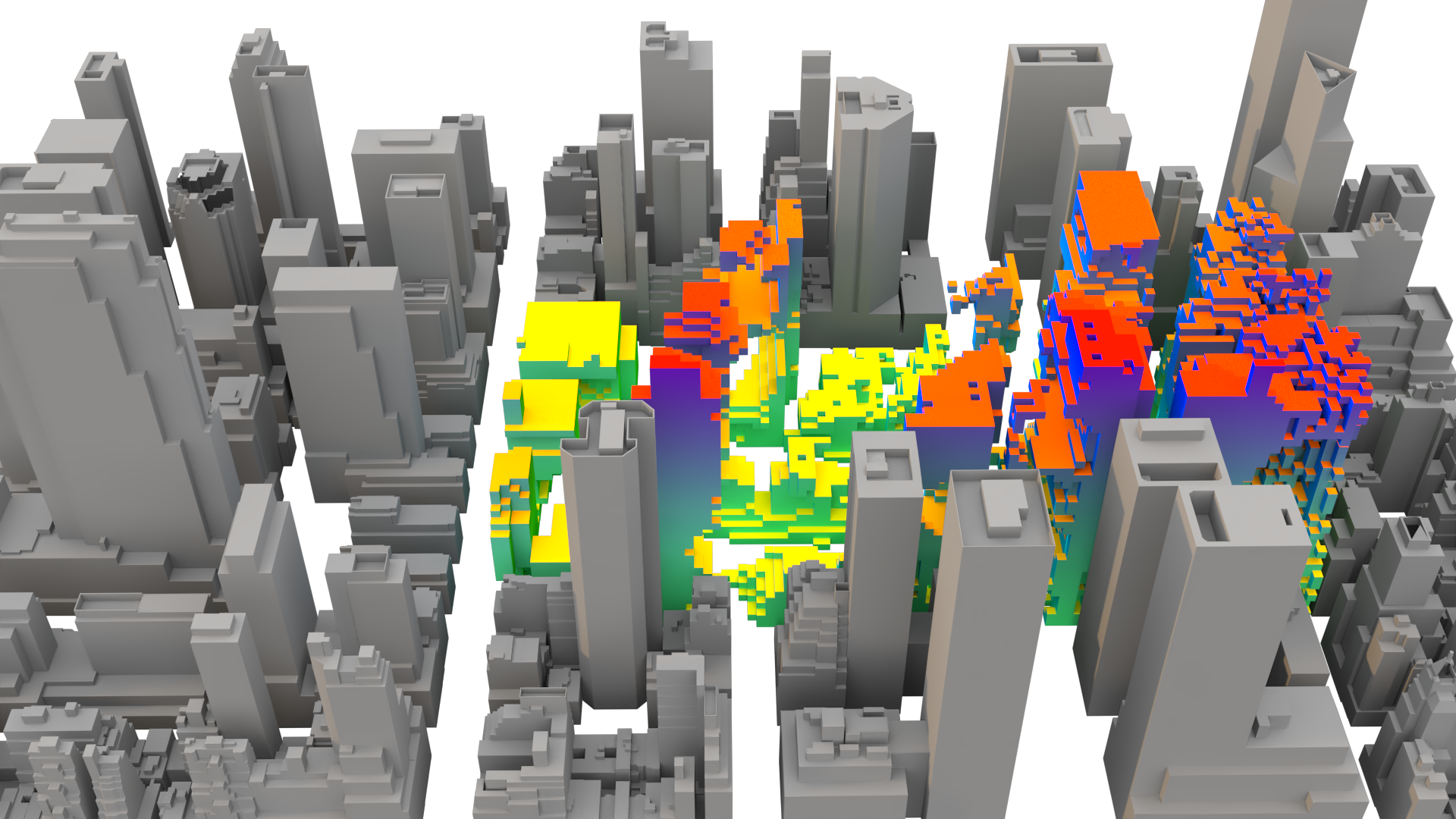
In this project, CASE researchers are looking into the ways with which renewable sources of energy (wind, solar and geothermal) can become design catalysts that redefine both the form and infrastructure of the future city at multiple scales and levels. In recent years, we are witnessing a proliferation of technologies for buildings that harness energy locally. Indicative is the work developed at CASE for the past 10 years that focuses extensively in developing façade technologies for solar, wind and water harnessing and recycling.
In this project we are developing multi-objective optimization algorithms for the design of a neighborhood in Manhattan NY. Here the underlying hypothesis is that if you have multiple building “competing” for access to sun, wind and geothermal energy, a multi-objective optimization design framework that uses space allocation algorithms can provide equitable access to energy at the level of a neighborhood. This research project uses as its basis the “marching shape” algorithm that extends the work of George Stiny, Lionel March and Ralph Knowles from the 70ies into contemporary computational abilities. Overall it looks at ways we can understand and operate on urban space as an intensive energy field and develops a specific computational framework for designers.
Project Date: 2019 - ongoing
Researchers: Alexandros Tsamis, Jonathan Cortes (Thornton Tomasetti), Mae Ling Lokko, Constantina Varsami
